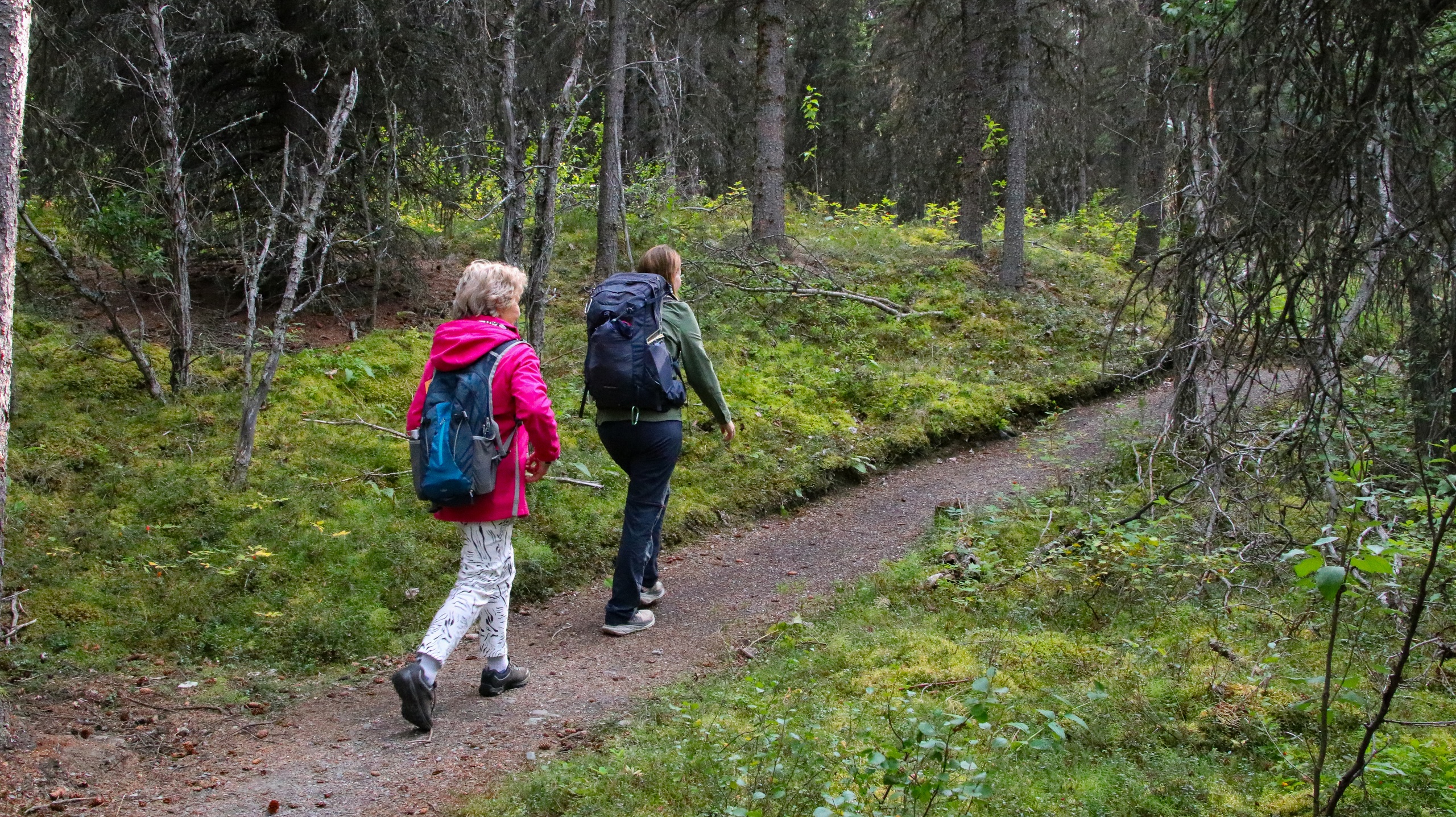Into the Green Heart: Hiking Tanzania’s Udzungwa Mountains National Park
Lush rainforest trails, thundering waterfalls, and endemic primates—Udzungwa turns a day hike into a deep dive into Tanzania’s wild heart.
Morning in Udzungwa comes with a hush that feels intentional. The forest seems to hold its breath as you lace your boots at Mang’ula Gate, a curtain of mist cinched tight around the foothills. Sunlight sifts through towering miombo and rainforest giants, warming the bark and waking the birds—greenbuls chattering like gossiping neighbors, hornbills drumming a slow, hollow beat. The trail rises and the forest answers, nudging you forward with a chorus of rustles and wingbeats. Water murmurs somewhere uphill, a promise the mountain intends to keep.
Trail Wisdom
Start Early at Mang’ula Gate
Be on trail by 7–8 a.m. to beat the heat, avoid midday crowds at Sanje Falls, and improve your chances of wildlife sightings.
Grip Matters
Trails mix stone, clay, and wet roots—wear lugged trail shoes or light hikers with solid traction for slick steps and stream crossings.
Hydrate with Electrolytes
Humidity drains faster than you think; carry at least 2 liters of water plus salts to stay sharp on the climb and descent.
Mind the Forest Traffic
Give space to ants on the move and primates overhead—pause rather than push through. The forest sets the right-of-way.
Local Knowledge
Hidden Gems
- •Sonjo Trail’s quieter waterfall and forest pools
- •Mwanihana Peak route for a strenuous, crowd-free full-day ascent
Wildlife
Udzungwa red colobus, Sanje mangabey
Conservation Note
Stay on marked trails to reduce erosion, and pack out all waste. The park’s forests are vital water catchments for the Kilombero Valley—your footsteps have downstream impact.
Udzungwa Mountains National Park was gazetted in 1992 to protect part of the ancient Eastern Arc range, renowned for high endemism and dubbed the 'Galapagos of Africa.'
Seasonal Guide
spring
Best for: Full waterfalls, Lush forest color
Challenges: Long rains, Slippery, muddy trails, Increased mosquitoes
March–May typically brings heavy rains. Expect dramatic flows at Sanje Falls and vivid greens, with slower hiking on slick terrain.
summer
Best for: Clear views, Comfortable hiking temps
Challenges: Cool mornings, Dry, dusty sections lower down
June–August is dry and cool by Tanzanian standards, ideal for the Sanje Falls hike and longer routes like Mwanihana.
fall
Best for: Birding, Quieter trails early season
Challenges: Hot afternoons, Short rains from late October/November
September–November starts dry and warms up; late season showers refresh the forest and can make rocks slick.
winter
Best for: Butterflies and blooms, Warm, mostly dry days
Challenges: Humidity, Occasional showers
December–February brings warm, bright hiking windows with lively insect and bird activity and sporadic showers.
Photographer's Notes
What to Bring
Lugged Trail Shoes or Light Hiking BootsEssential
Wet rock and clay demand reliable traction to move safely and confidently.
Lightweight Rain JacketEssential
Cloudbursts roll in fast; a packable shell keeps you dry without trapping heat.
Electrolyte Tablets or PowderEssential
Replaces salts lost to humid conditions and helps prevent cramping on the climb.
Insect Repellent (DEET or Picaridin)Essential
Mosquito activity can spike around the short rains—protect exposed skin.
Common Questions
Do I need a guide for the Sanje Falls hike?
Yes, TANAPA requires hiking with a registered guide. It improves safety and enriches the experience with local natural history.
How long is the hike to Sanje Falls?
Plan for 6–8 km round-trip and 3–5 hours, depending on how many tiers and viewpoints you visit and trail conditions.
Can I swim at the base of the falls?
Swimming is sometimes possible in designated pools, but conditions vary with flow. Ask your guide for current safety guidance.
What wildlife might I see on a day hike?
Endemic Udzungwa red colobus, Sanje mangabeys, duikers, and an excellent variety of forest birds are common sightings.
How do I get to Udzungwa from Dar es Salaam?
It’s roughly a 5–7 hour drive via Morogoro and Mikumi. Private transfers are common; there are also regional flights to Mikumi or Ifakara airstrips.
Are there malaria or tsetse fly concerns?
Udzungwa is in a malaria area; use repellent and consider prophylaxis per your doctor. Tsetse presence is limited near Sanje but can occur—wear neutral colors.
What to Pack
Grippy trail shoes for slick rock; 2L of water plus electrolytes for humid exertion; lightweight rain shell for fast-moving showers; insect repellent for mosquitoes along forest edges.
Did You Know
Udzungwa shelters two primates found nowhere else on Earth—the Udzungwa red colobus and the Sanje mangabey, the latter first described to science in 1986.
Quick Travel Tips
Carry a card and cash—TANAPA gates usually accept cards but connectivity can be spotty; Start hikes early to beat heat and afternoon clouds; Arrange your guide at the gate or via your lodge a day in advance; Combine with Mikumi National Park for an easy forest-and-savanna twofer.
Local Flavor
Post-hike, head to Hondo Hondo Udzungwa Forest Camp for a cold Kilimanjaro lager and a plate of rice, mchicha greens, and grilled mishkaki. In Ifakara, try a local café for chapati and chai masala before dawn departures, and pick up seasonal fruit from roadside stalls on the drive.
Logistics Snapshot
Closest airports: Dar es Salaam (DAR); regional airstrips at Mikumi and Ifakara. Trailhead: Mang’ula Gate. Driving: ~5–7 hours from Dar; ~1–1.5 hours from Mikumi. Cell service: Patchy inside the park; better in Mang’ula/Ifakara. Permits: TANAPA park entry fees and a licensed guide required; pay at the gate (card often accepted, carry cash backup).
Sustainability Note
These Eastern Arc forests are crucial water catchments—stay on established paths, avoid soaps in natural pools, and keep noise low to reduce wildlife stress.
Continue Reading

Canyon Wave: Rafting Denali’s Glacial Heart on the Nenana River
The Nenana River doesn’t whisper—it urges you forward. On the Canyon Wave run, you’ll punch through crisp, glacial rapids beneath Denali’s ramparts, trading roadside views for a front-row seat to Alaska’s wild hydraulics. Cold water, big smiles, and a canyon that knows how to keep pace.
Healy, Alaska

Chasing Light in Denali: An Afternoon Hike Across Taiga and Tundra
Trade the tour bus for tundra. This guided afternoon hike threads from shadowed spruce to open ridgeline, where Denali’s valleys breathe wide and the wind calls the cadence. Come for the views, stay for the stories beneath your boots.
Denali Park, Alaska

